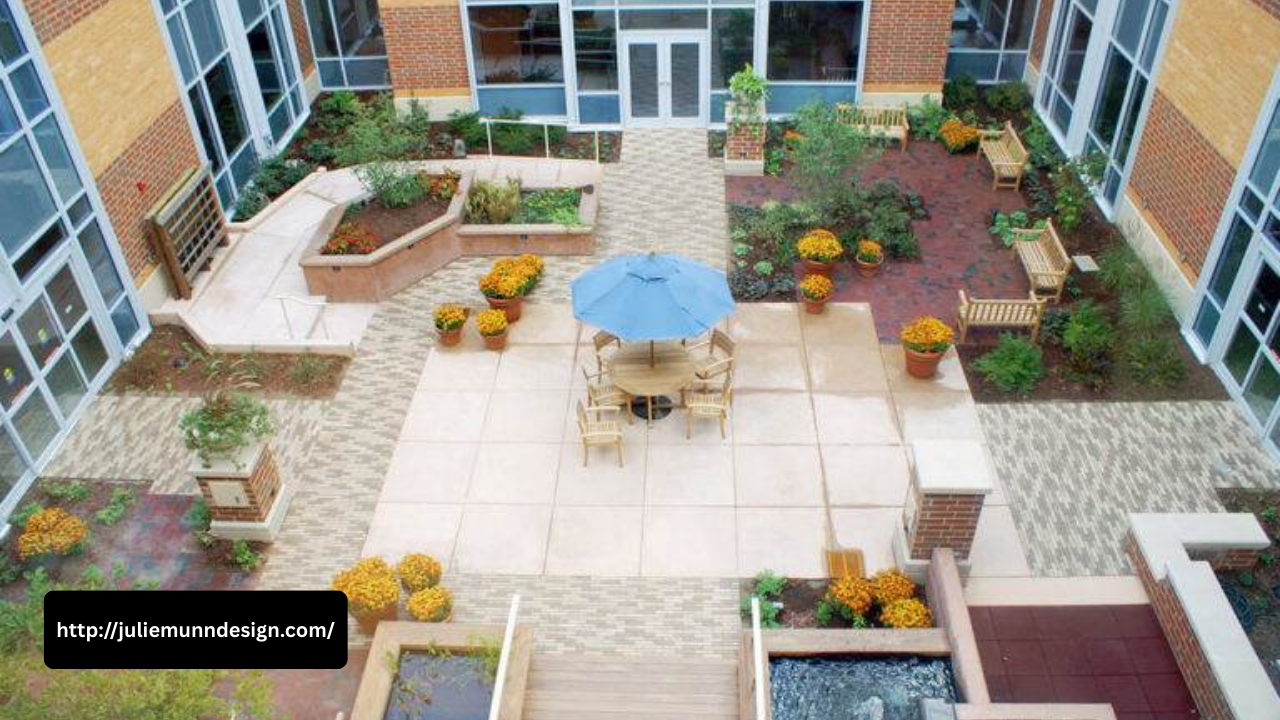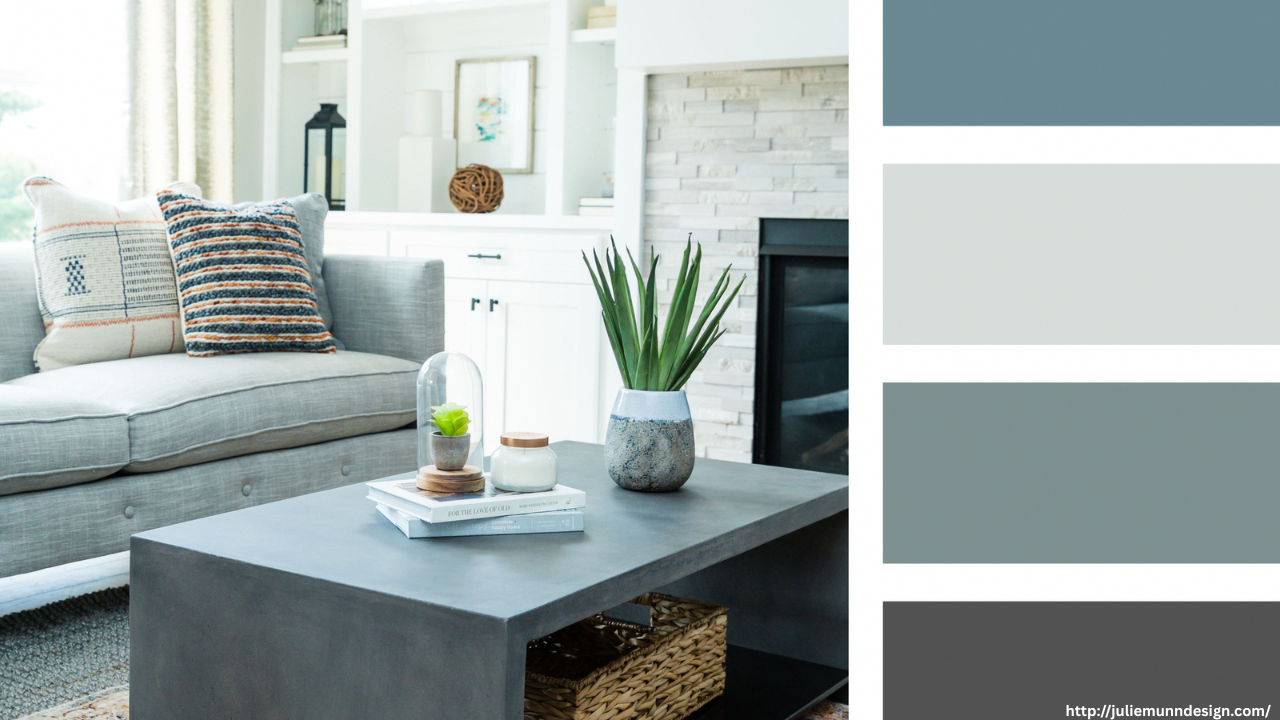Mindful Decorating: How to Design a Space That Supports Mental Well-Being
In an age of constant distraction and fast-paced living, our homes should be more than just places to sleep and store our belongings—they should be sanctuaries for rest, clarity, and emotional renewal. Mindful decorating is an intentional approach to interior design that considers how your space affects your mental and emotional well-being. It’s not about perfection or trends—it’s about creating a home that nurtures your soul.
What Is Mindful Decorating?
Mindful decorating is the art of designing with awareness. Instead of decorating based solely on aesthetics, this approach encourages you to think about how a space makes you feel. It involves making intentional choices about what you bring into your home—focusing on elements that promote calm, joy, and purpose. Every piece, from furniture to wall art, should align with how you want to feel in the space.
Start with Intention
Before moving furniture or choosing paint colors, ask yourself: What kind of energy do I want in this space? Do you want your bedroom to be restful, your living room energizing, or your home office focused and motivating? Once you’re clear on the purpose of each room, you can begin to decorate in a way that supports that emotional goal.
Declutter with Compassion
A cluttered space can create mental fog and emotional stress. Mindful decorating encourages you to remove items that no longer serve a purpose or bring you joy. But it’s not just about tossing things away—it’s about letting go with gratitude. As Marie Kondo says, if it doesn’t spark joy, it may be time to release it. Simplifying your space can free your mind and reduce feelings of overwhelm.
Bring Nature Indoors
Connecting with nature has proven mental health benefits, including reduced stress and improved mood. You can bring that calm inside by incorporating natural materials like wood, stone, and linen. Houseplants are also a powerful addition—they purify the air and introduce vibrant life into your home. Even a small plant on your desk or windowsill can make a difference.
Use Color Mindfully
Color has a direct influence on mood. Choose colors that reflect the atmosphere you want to create. Soft greens and blues offer calm and clarity, warm earth tones bring comfort, and neutrals like beige and white promote simplicity and lightness. Avoid overly bright or dark colors in spaces meant for relaxation, as they can create mental stimulation or heaviness.
Create Spaces for Stillness
Every home can benefit from a quiet corner designed for stillness—a cozy reading nook, a meditation area, or a comfy chair by a window. Fill it with things that ground and comfort you: a soft throw, a favorite book, a candle, or calming music. These small spaces become retreats where you can recharge mentally and emotionally.
Personal Touches Matter
Lastly, surround yourself with what makes you feel loved and inspired. Meaningful artwork, family photos, or souvenirs from travels can help foster a deeper emotional connection to your home. But remember—mindful decorating is about balance. Choose a few items that resonate most and give them space to shine.
A thoughtfully decorated home is more than beautiful—it’s healing. By being intentional about your surroundings, you can create a space that supports clarity, calm, and a greater sense of well-being.

